Kristina Kähm - Bachelor of Science
Her project was supervised in cooperation with Prof. Dr. Marcus Frohme, Division Molecular Biotechnology and Functional Genomics, Technical University of Applied Sciences in Wildau, Germany.
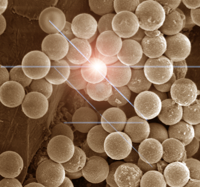
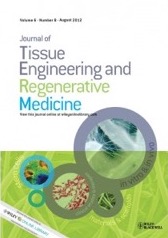
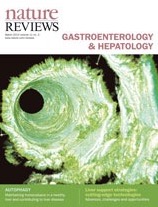
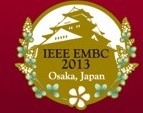

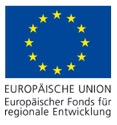
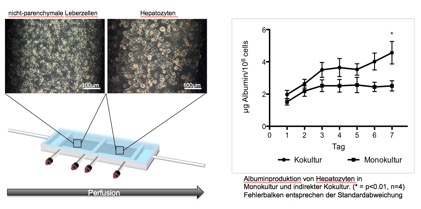

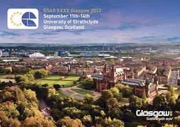
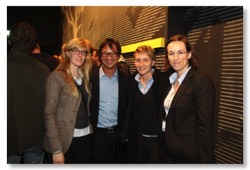
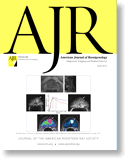

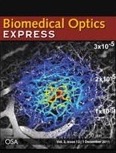
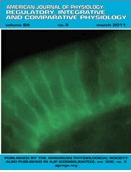
Nora Kammer's paper in Artificial Organs on "Labelling of primary human hepatocytes with micron-sized iron oxide particles in suspension culture suitable for large-scale preparation" is available pre-print. Co-authors are Nils Billecke, Mehmet H. Morgul, Michaela K. Adonopoulou, Martina Mogl, Mao D. Huang, Stefan Florek, Katharina R. L. Schmitt, Nathanael Raschzok and Igor M. Sauer.
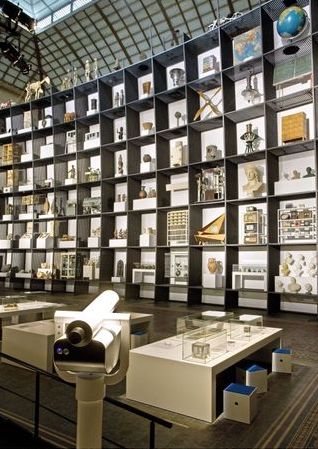
A multicompartment SlideReactor is shown at the exhibition “WeltWissen – World Knowledge”.
This year, Berlin celebrates 200 years of the Humboldt University, 300 years of the Charité, 300 years since the first statute and first publication by the Academy of the Sciences and, one year later, 100 years of the Max Planck and Kaiser Wilhelm Society and the 350th birthday of the Berlin State Library. The exhibition “WeltWissen – World Knowledge” is the high point of the Berlin Year of Science. The Humboldt University, the Charité, the Berlin-Brandenburg Academy of the Sciences and Humanities and the Max Planck Society have organised the exhibition as a unique joint project. The Technical University, the Berlin State Museums and the Deutsches Museum, Munich are involved as partners. From 24 September 2010 to 9 January 2011, Martin-Gropius-Bau will be host ing its “WeltWissen“ (World Knowledge) exhibition which takes a look at 300 years of the science in Berlin from an all-embracing perspective that crosses institutions, disciplines and epochs. The exhibition is the high point of the Berlin Year of Science. On an exhibition space of more than 3,200 square metres, visitors are presented with over 1,500 original exhibits, installations and media stations. The Humboldt University, the Charité, the Berlin-Brandenburg Academy of the Sciences and Humanities and the Max Planck Society have organised the exhibition as a unique joint project.
The exhibition correlates sciences in Berlin to the world: only the dynamic interplay of local imprinting and worldwide networking has allowed Berlin since 300 years to generate knowledge and share it with the world. Concrete and highly vivid stories and biographies of objects, researchers and institutions offer exciting insights into the scientific environment. “WeltWissen – World Knowledge” shows how scientists in Berlin work, how they network internationally, how they break down the boundaries of their departments and how they transformed Berlin into a scientific metropolis.
WeltWissen. 300 Years of Science in Berlin 24 September 2010 – 9 January 2011 Martin-Gropius-Bau, Niederkirchnerstrasse 7, 10963 Berlin
Opening times: Wed - Mo: 10.00 am – 8.00 pm, closed on Tuesdays
Admission: 6 €, reduced 4€ . Free admission for children and adolescents up to an including 16 years of age, two escorts each per kindergarten group or school class as well as recipients of unemployment benefit level II
Public transport: Underground line 2 (Potsdamer Platz), city train lines 1, 2, 25 (Potsdamer Platz or Anhalter Bahnhof), Buses: M29 (Anhalter Bahnhof) / M41 (Abgeordnetenhaus) Please find more information at: www.weltwissen-berlin.de, www.gropiusbau.de
Copyright of picture: Roman März
This website or its third-party tools use cookies, which are necessary to its functioning and required to achieve the purpose illustrated in the Disclaimer. By closing this banner, scrolling this page, clicking a link or continuing to browse otherwise, you agree to the use of cookies.